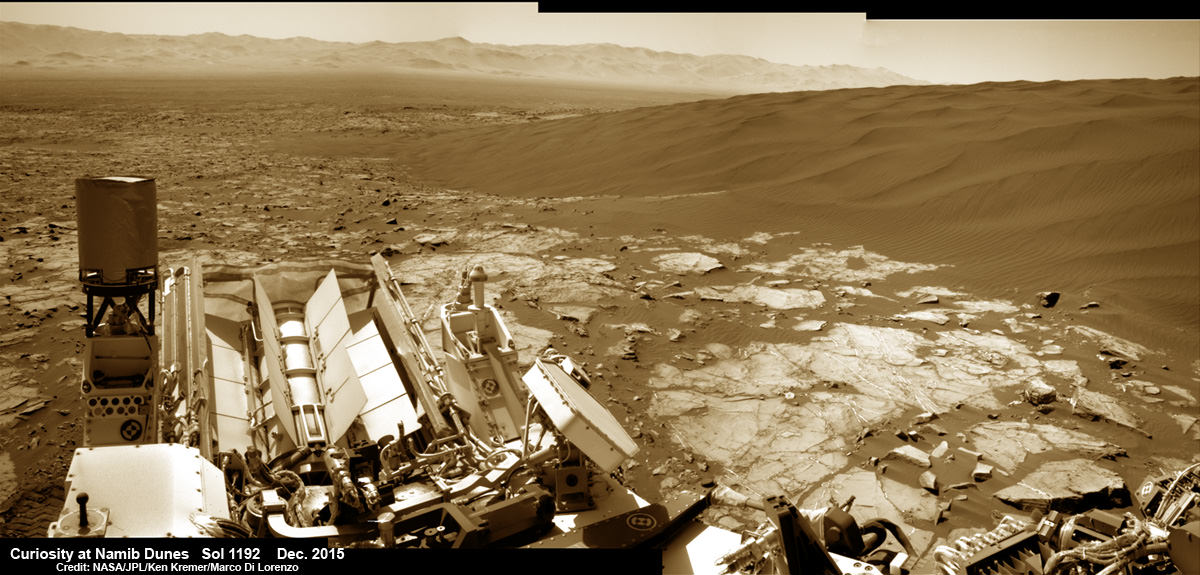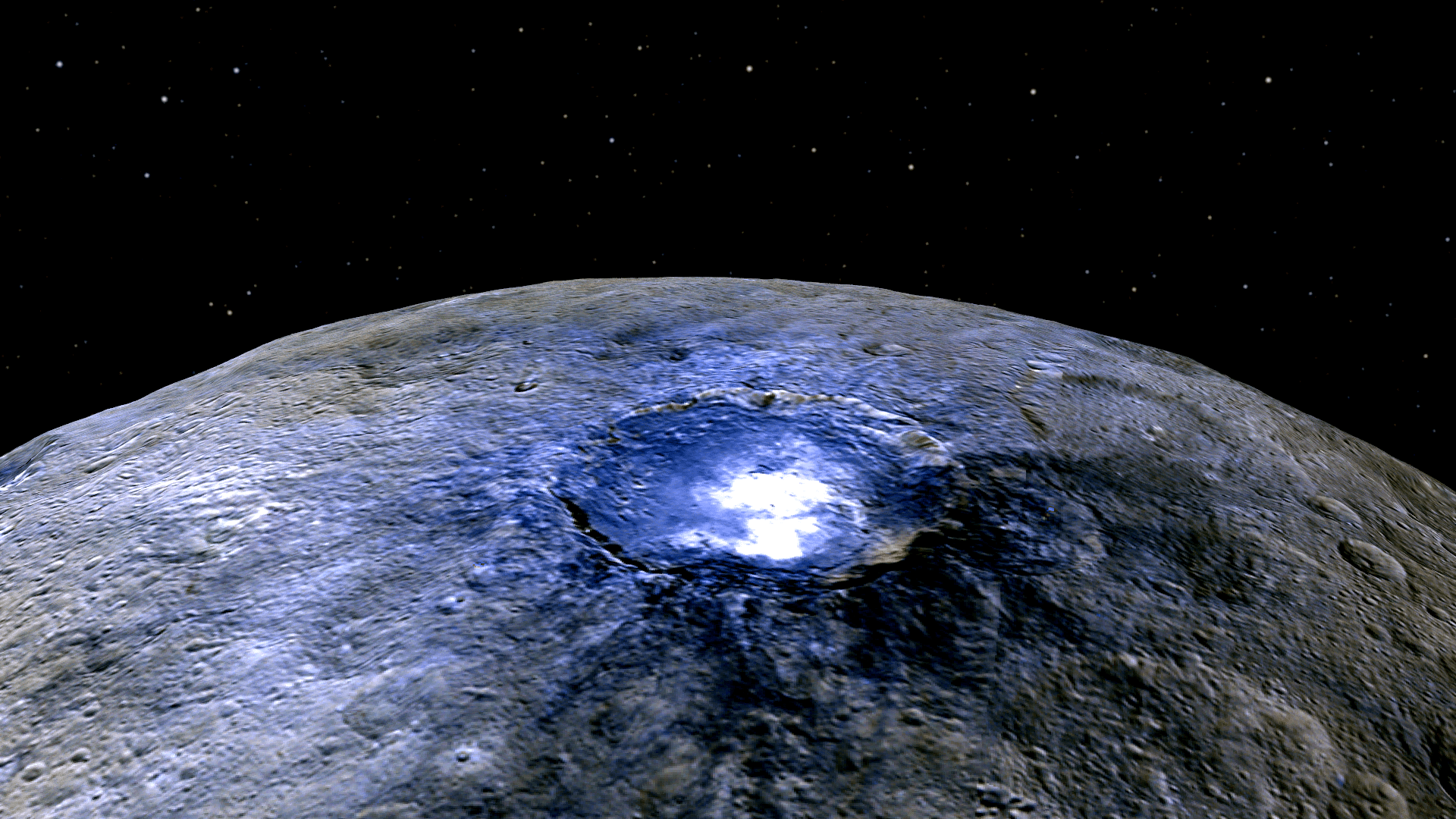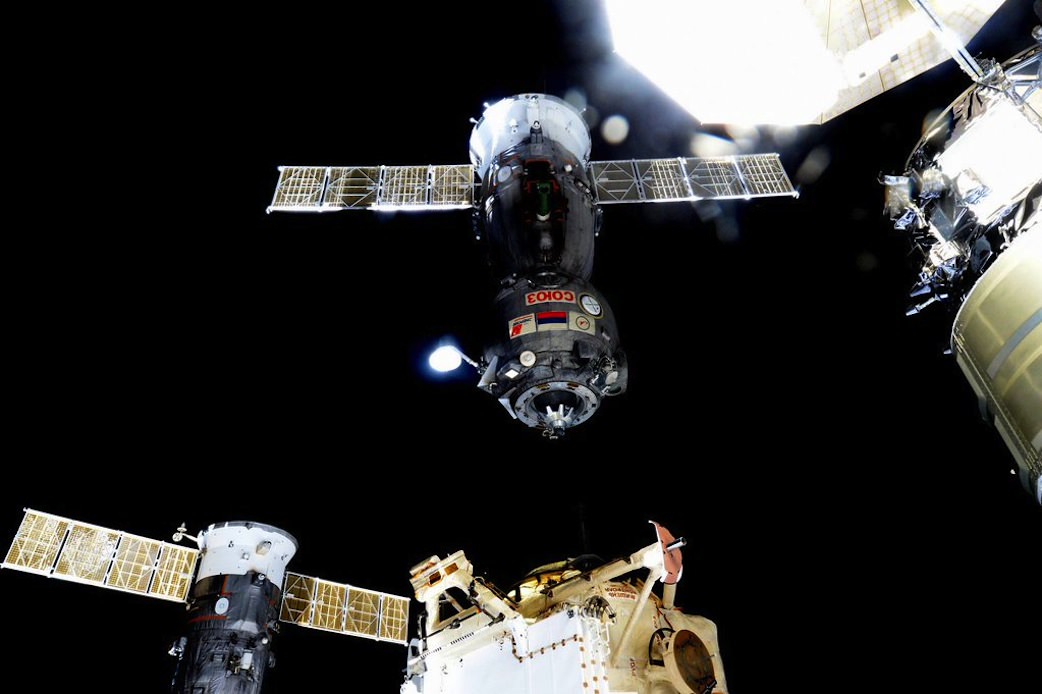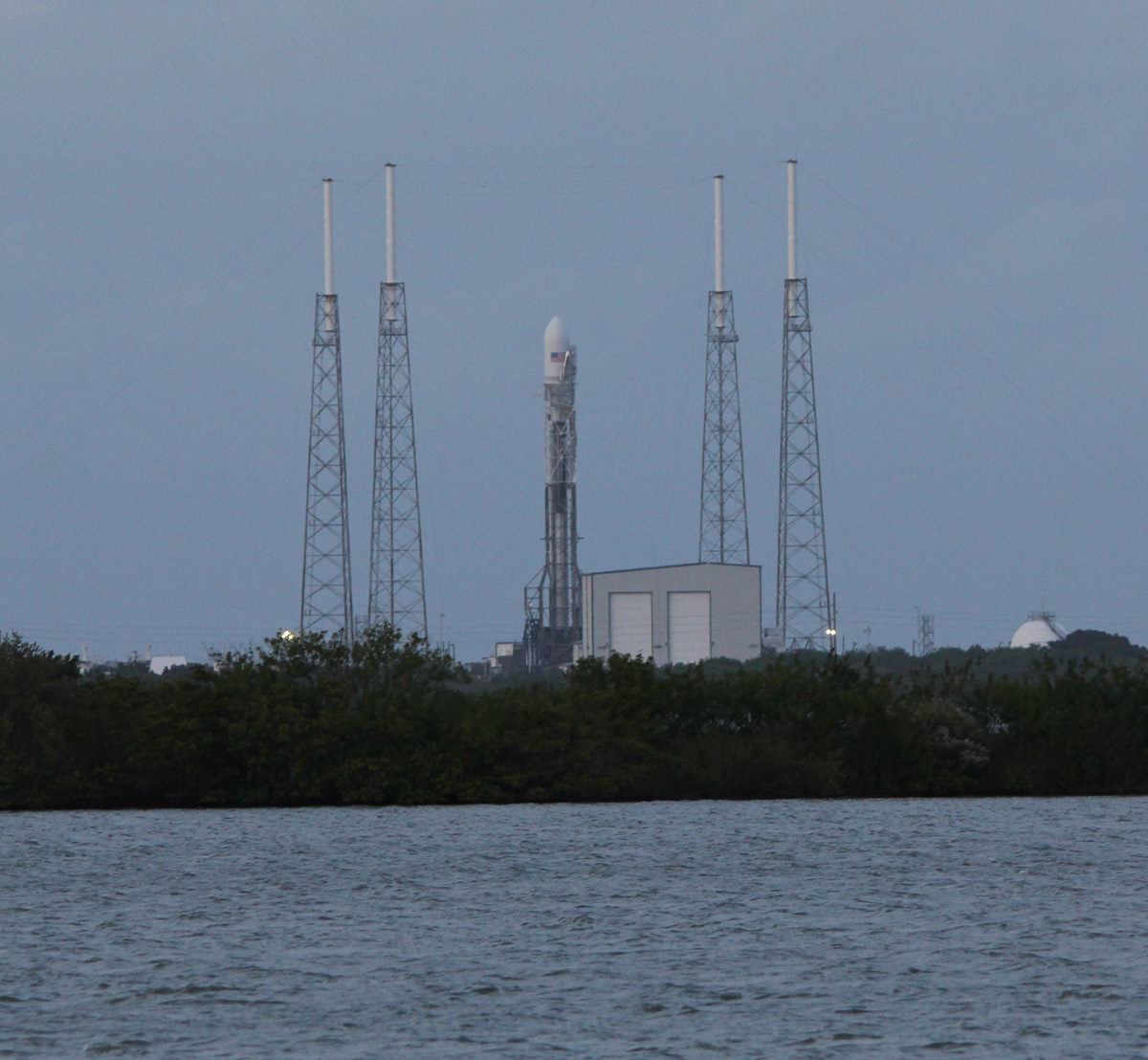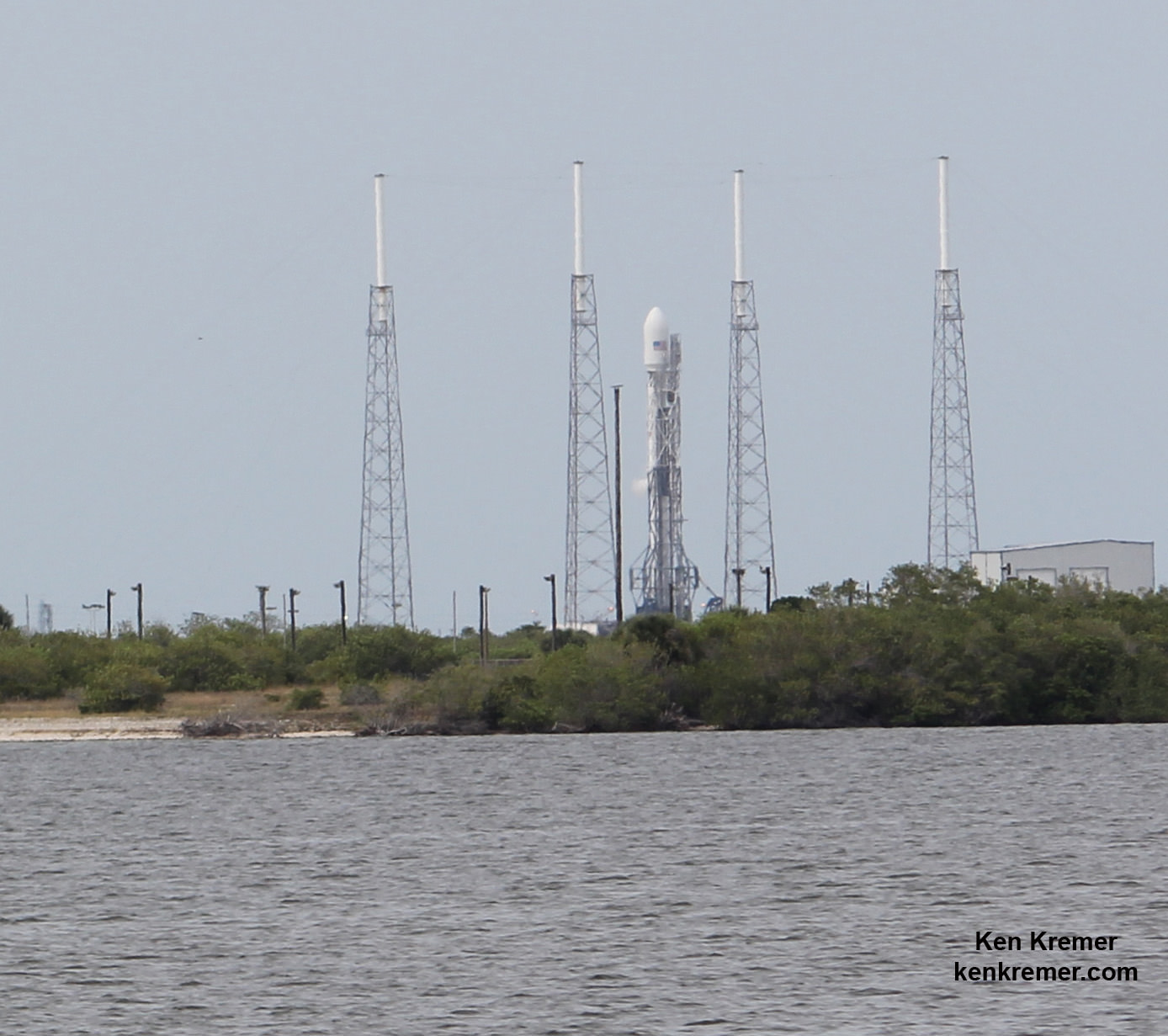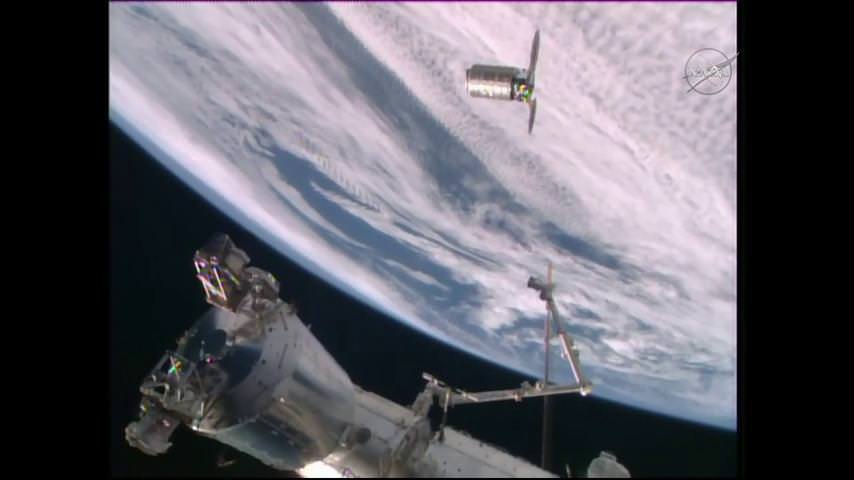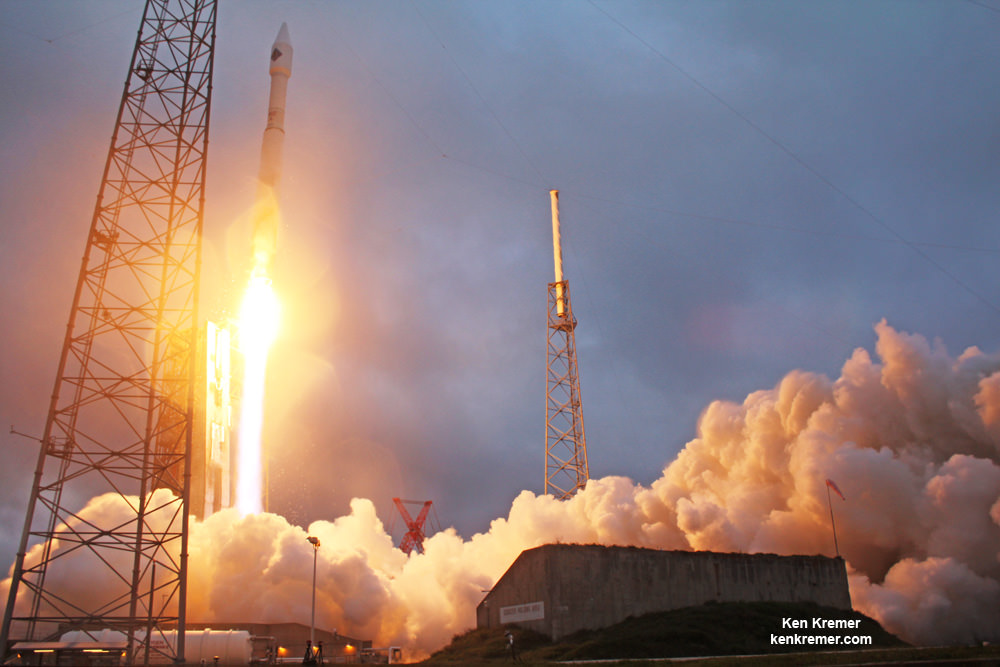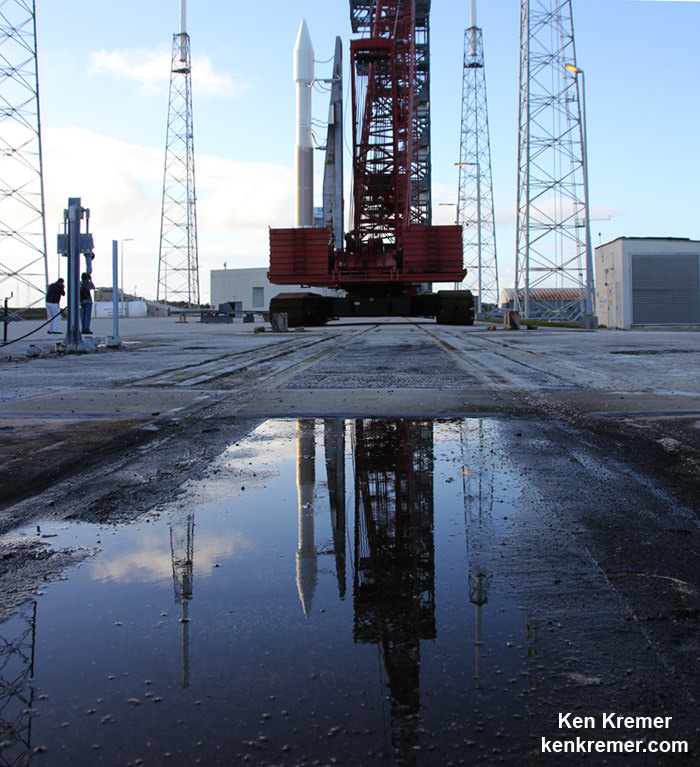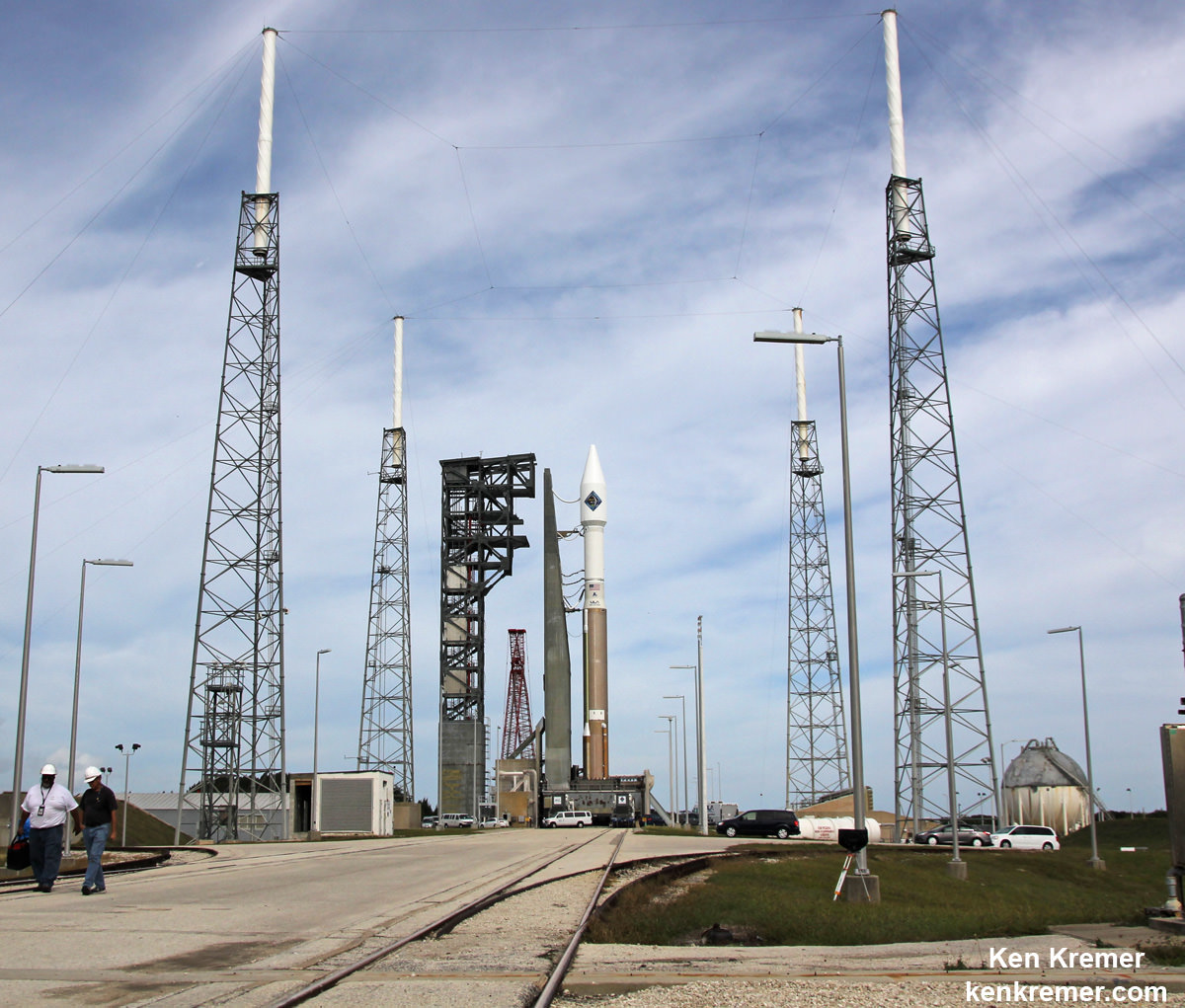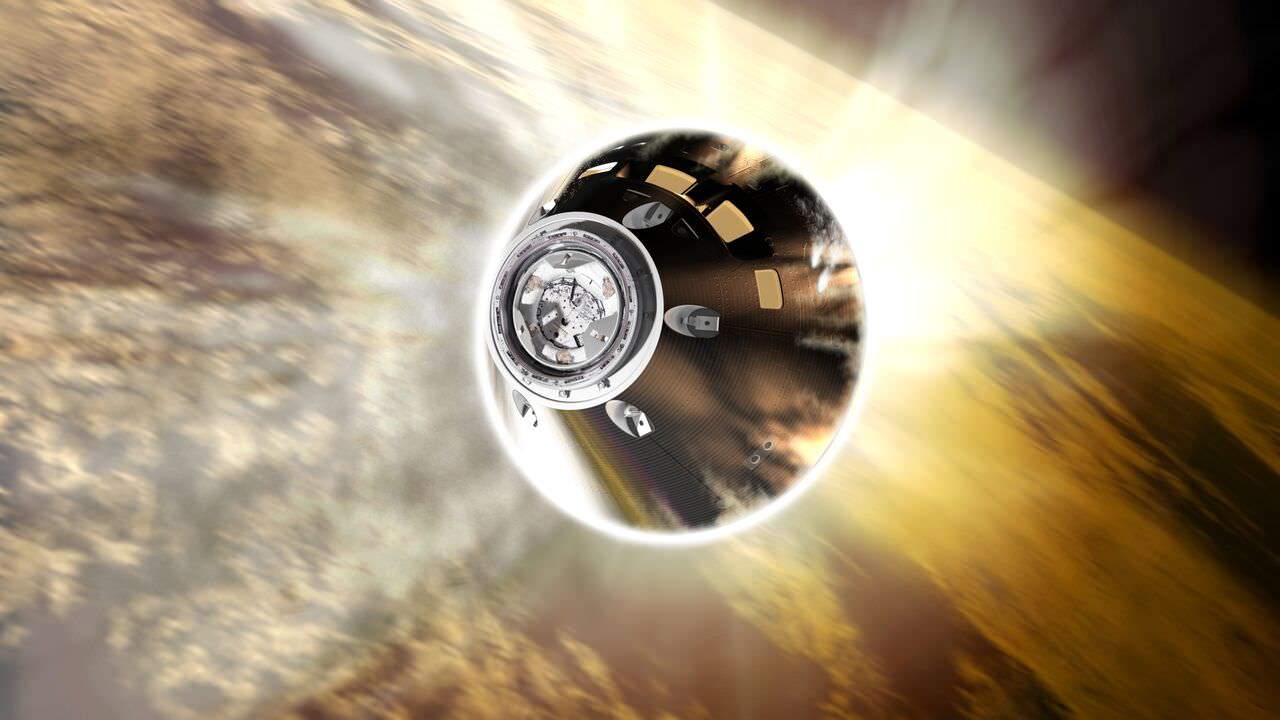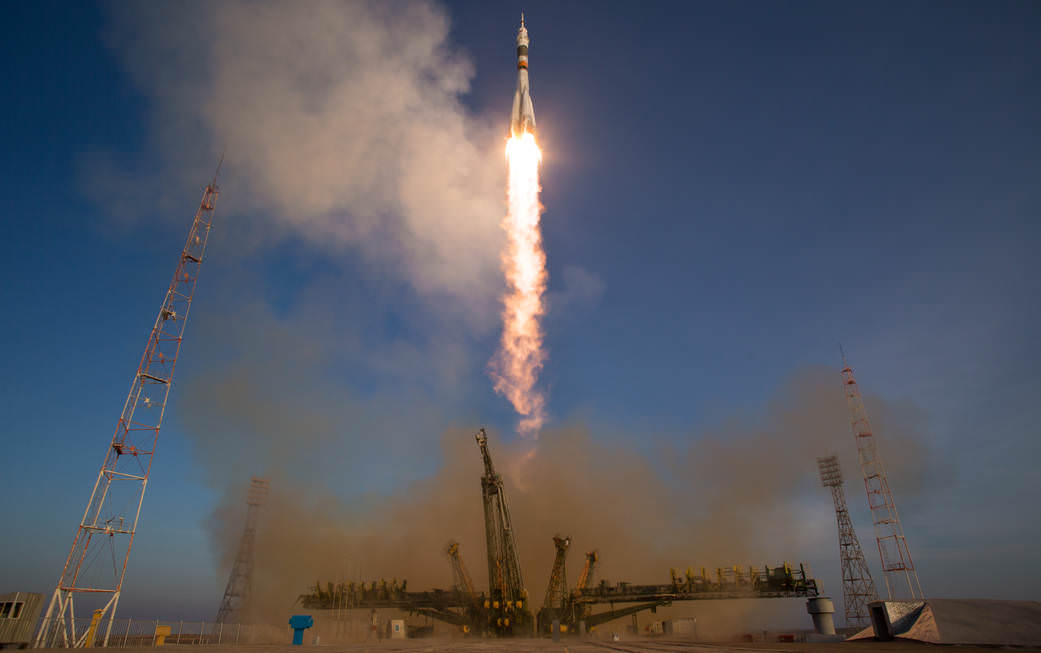
The first British astronaut to blast off on a journey to the International Space Station (ISS) soared gloriously skyward early today, Dec 15, following the flawless launch of a Russian Soyuz capsule with his Russian/American crewmates from the Baikonur Cosmodrome in Kazakhstan.
The picture perfect liftoff of the Soyuz TMA-19M rocket into clear blue skies with Expedition 46 Soyuz Commander and six time space flyer Yuri Malenchenko of the Russian Federal Space Agency (Roscosmos), Flight Engineer Tim Kopra of NASA, and Flight Engineer Tim Peake of ESA (European Space Agency), occurred at 6:03 a.m. EST (5:03 p.m. Baikonur time, 1103 GMT) on Tuesday, Dec. 15, 2015.
The Soyuz crew executed a series of Continue reading “First British Astronaut to Visit ISS Blasts Off on Soyuz with Russian/American Crewmates”

